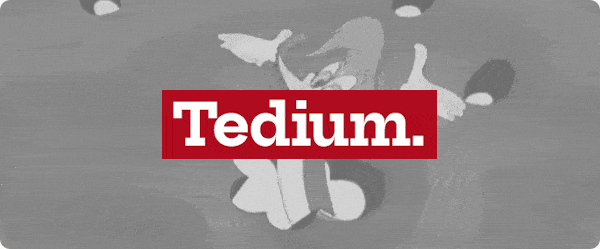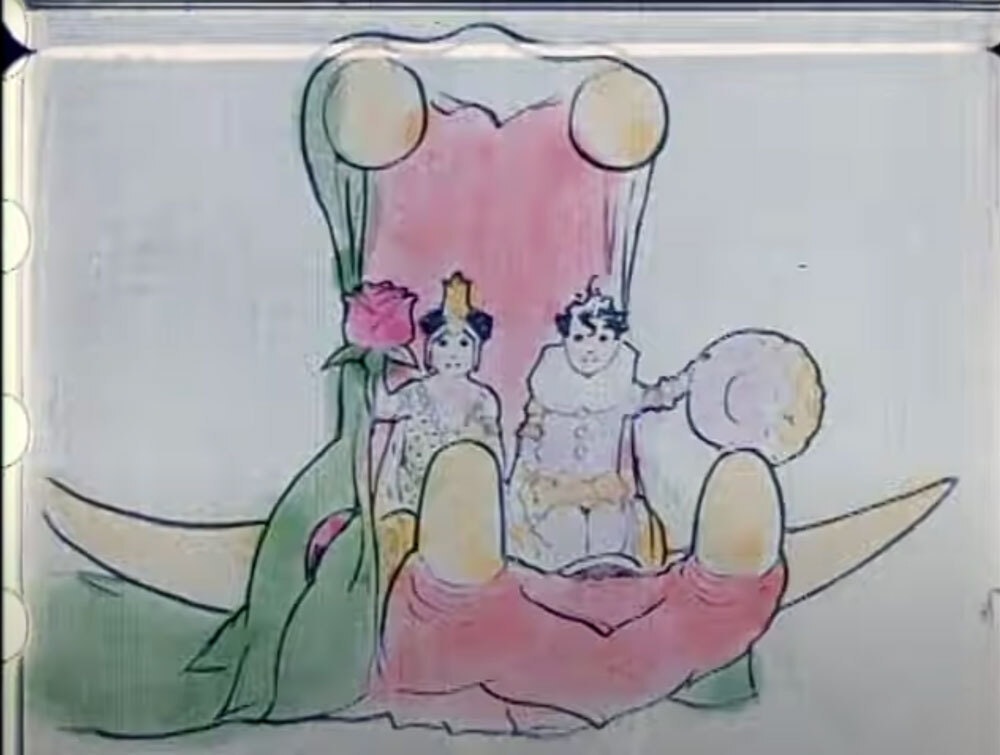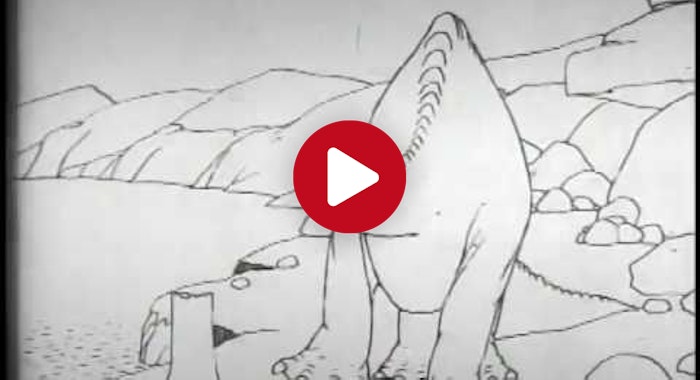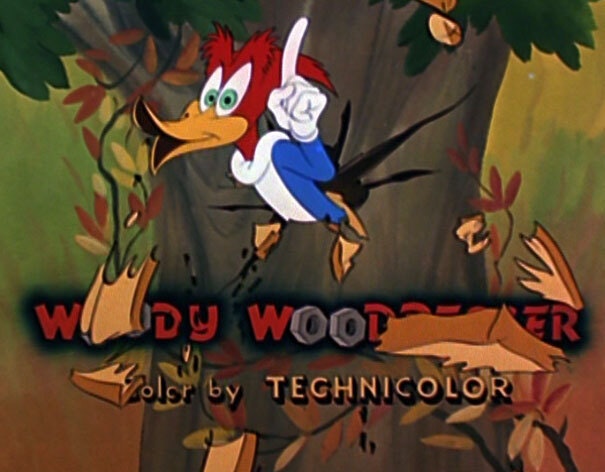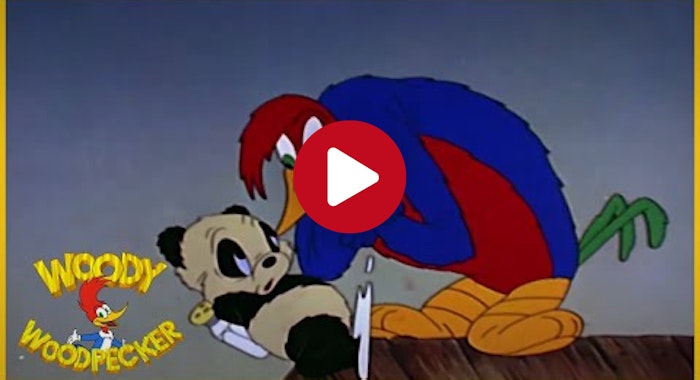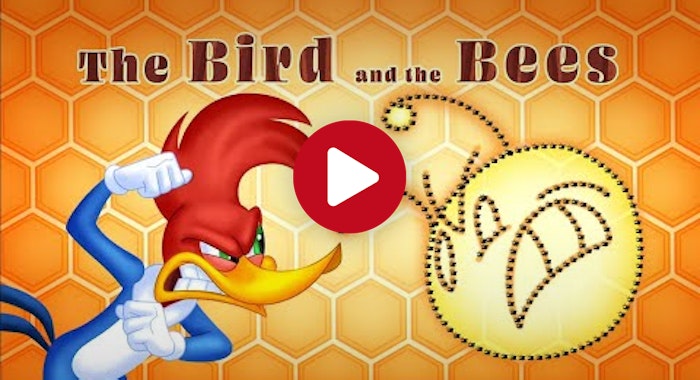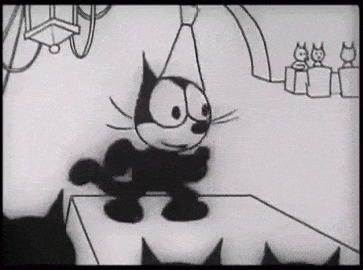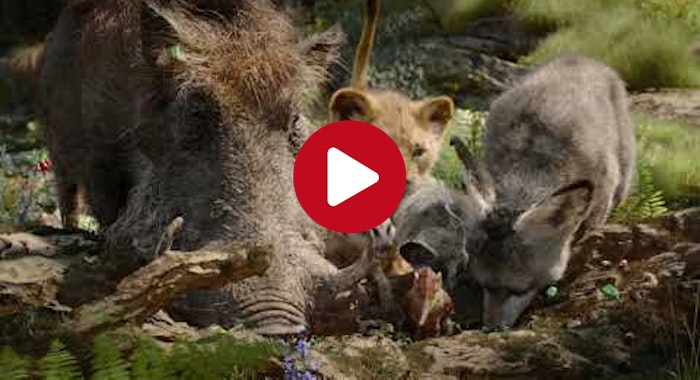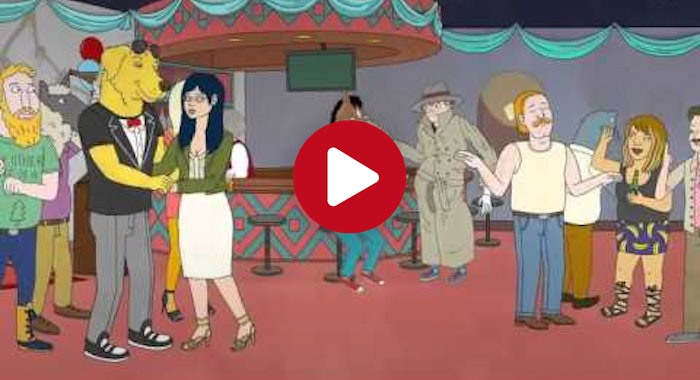Tedium - The Animal Years 😺
|
|
|
|
|
|
|
|
|
|
|
Older messages
Embrace Your Inner Stooge 🤪
Friday, October 22, 2021
How The Three Stooges became icons. Here's a version for your browser. Hunting for the end of the long tail • October 22, 2021 Hey all, Ernie here with a refreshed piece about a troupe that you
Would I Lie To Monty Hall? 🤔
Wednesday, October 20, 2021
Reframing the infamous Monty Hall Problem. Here's a version for your browser. Hunting for the end of the long tail • October 20, 2021 Hey all, Ernie here with a second look at an infamous logic
Hampster Economics 🐹
Thursday, October 14, 2021
How would the Hampsterdance go over today, anyway? Here's a version for your browser. Hunting for the end of the long tail • October 13, 2021 Hey all, Ernie here with a new contributor to the site,
Does This Ring A Bell? 🔔
Friday, October 8, 2021
Thinking about AT&T's breakup through the lens of Facebook. Here's a version for your browser. Hunting for the end of the long tail • October 08, 2021 Today in Tedium: No matter your
Repetition, In Four Parts 🔁
Wednesday, October 6, 2021
We're repeating ourselves with this one. Here's a version for your browser. Hunting for the end of the long tail • October 06, 2021 Today in Tedium: So, I'm not sure you're aware, but a
You Might Also Like
Re: You're Invited: Free Photo Management Class
Tuesday, March 11, 2025
This is your last chance to register for tomorrow's live online Photo Management Class, Wednesday, March 12, at 4:30 pm ET! Sign up now to attend the FREE Photo Management Class The recent changes
BetterDev #275 - Tracking You from a Thousand Miles Away! Turning a Bluetooth Device into an Apple AirTag Without Root Privileges
Monday, March 10, 2025
Better Dev #275 Mar 10, 2025 Hi all, In the wave of ByBit exchange being hack for 1.6billion, and the hack is very sophisciated, exploit developer access key to change an s3 bucket. The attack start by
What's the goal of the goal & Tapbots is working on a Bluesky client
Monday, March 10, 2025
Capacities releases rewritten PDF viewer and new AI editor, Ghost teases larger update for its ActivityPub integration, clear communication, and more in this week's issue of Creativerly.
Ranked: | The World's Most Popular Programming Languages 🖥️
Monday, March 10, 2025
In 2024, Python surpassed JavaScript as the most popular programming language on GitHub for the first time. View Online | Subscribe | Download Our App Invest in your growth at Exchange 2025. FEATURED
GCP Newsletter #441
Monday, March 10, 2025
Welcome to issue #441 March 10th, 2025 News Infrastructure Official Blog Hej Sverige! Google Cloud launches new region in Sweden - Google Cloud has launched its 42nd cloud region in Sweden, providing
⚡ THN Weekly Recap: New Attacks, Old Tricks, Bigger Impact
Monday, March 10, 2025
State-sponsored hacking, IoT botnets, ransomware shifts—this week's cyber roundup covers it all. Stay informed, stay secure. Read now ͏ ͏ ͏ ͏ ͏ ͏ ͏ ͏ ͏ ͏ ͏ ͏ ͏ ͏ ͏ ͏
Beware AI voice cloning tools 🤖
Monday, March 10, 2025
Linux for your phone; Warner Bros. DVDs rot; GCal gets Gemini -- ZDNET ZDNET Tech Today - US March 10, 2025 Voice waveforms Most AI voice cloning tools aren't safe from scammers, Consumer Reports
⚙️ Google's AI plans
Monday, March 10, 2025
Plus: The DeepSeek alarm bells
Post from Syncfusion Blogs on 03/10/2025
Monday, March 10, 2025
New blogs from Syncfusion ® Convert PowerPoint to PDF in C# Using Advanced Formatting Options By Mohanaselvam Jothi Learn how to convert PowerPoint presentations to PDF with advanced options using the
😎 10 Weirdest Android Phones Ever — Why I Prefer Bixby to Google Assistant
Monday, March 10, 2025
Also: 3 Awesome Shows to Watch After "Fallout", and More! How-To Geek Logo March 10, 2025 Did You Know Despite their dog-like appearance, hyenas are more similar, phylogenetically speaking,
